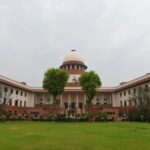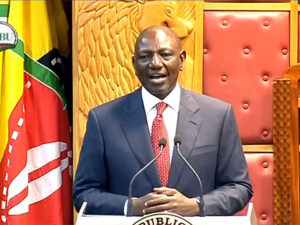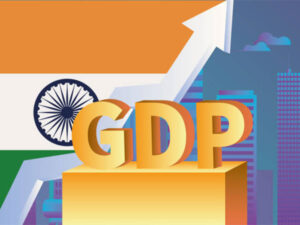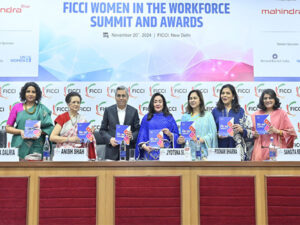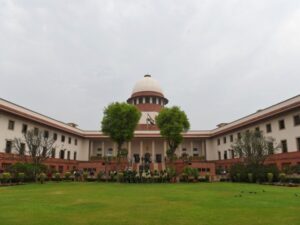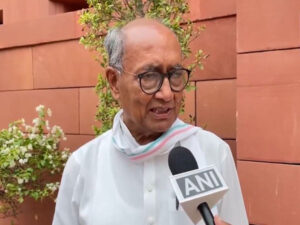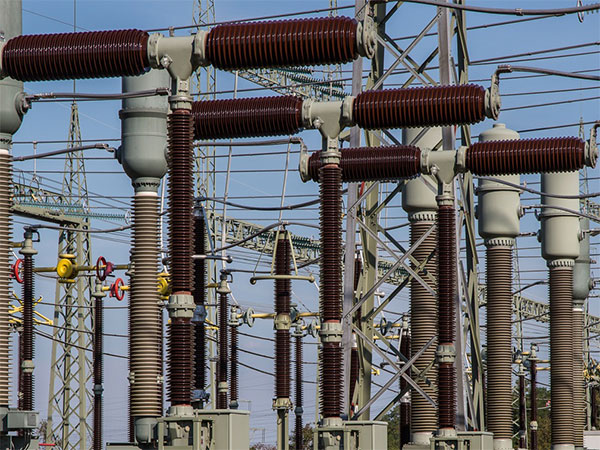
New Delhi [India], December 20 (ANI): Fitch Ratings expects India’s power demand to be about 8 per cent in the financial year ending March 2023 (FY23), against 8.2 per cent in FY22. In a report — India Power Watch 1HFY23, Fitch said it expects demand growth to moderate in the second half of 2022-23 (H2FY23) as the strong 18.5 per cent year-on-year growth in the first quarter of fiscal 2022-23 (Q1FY23) was from a low base a year earlier when demand dived due to a resurgence of Covid-19 infections.
Fitch said it expects the average thermal power plant load factor (PLF) to remain above 60 per cent (H1FY23: 64.5 per cent), supported by power demand and improved local coal supply.
Thermal PLF was 69.5 per cent in Q1FY23 on a surge in power demand, but there was also a high power deficit in the quarter due to inadequate domestic coal supply despite a rise in domestic output with high seaborne coal prices limiting imports, according to Fitch.
Distribution companies (discoms) have started paying overdue amounts to generation companies (gencos) after the government imposed a late payment surcharge (LPS), Fitch said, adding that discoms‘ total outstanding dues to gencos have been above Rs 1 trillion since September 2020.
According to the report, the government expects discoms to clear all dues by 2026. Fitch expects the receivable days of ReNew Power Pvt Ltd (BB-/Stable) and Greenko Energy Holdings (BB/Negative) to fall in FY23 to 280 and 160 days, respectively, from 339 and 256 days in FY22. Both are highly exposed to Andhra Pradesh discoms, which have significantly delayed payments to renewable gencos. Receivable days represent the number of days (credit period) that customers take to settle their dues to the company.
The two companies said the discoms have started making payments under the LPS rules. Under the LPS rule, the government gives a one-time exception to all discoms in which the surcharge will not apply after the notification date, which limits the rise in dues, according to the Fitch report.
Dues can be cleared in instalments, and any payment delays will attract an LPS on all the dues and restriction on access to power exchanges. In August 2022, 27 discoms in 13 states were barred from accessing power exchanges for non-payment of LPS, according to Fitch.
Fitch expects renewable capacity addition to soften in H2FY23 (8.2 megawatt in H1FY23) with some capacity deferred due to current high commodity prices, higher import duties and supply chain issues. Solar continued to lead the capacity additions with 6.8 megawatt in H1FY23.
This could partly be due to advance procurement of solar equipment by a few developers ahead of imposition of the basic custom duty (BCD) of 40 per cent and 25 per cent on solar modules and cells, respectively, from April 2022, replacing the safeguard duty of 15 per cent. The government does not intend to provide exemptions to the BCD, Fitch said in the report.
The central government aims to generate 50 per cent of India’s electricity from renewable sources (including hydro power) by 2030 (7MFY23: 29 per cent, FY22: 24 per cent), according to the report. The government plans to achieve its target through Green OA, the success of which depends on timely and effective implementation of rules by state power regulators. (ANI)


